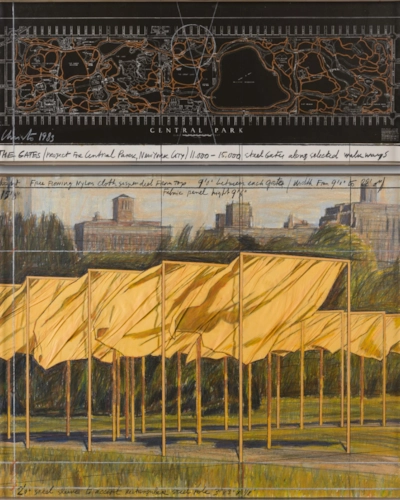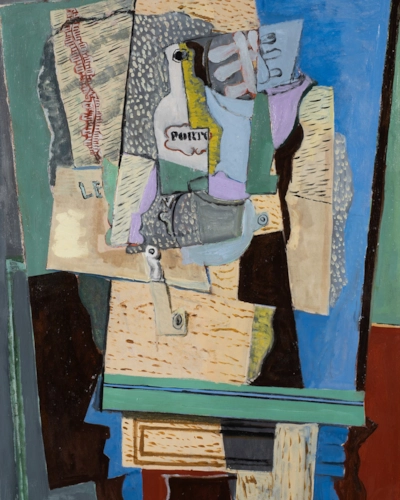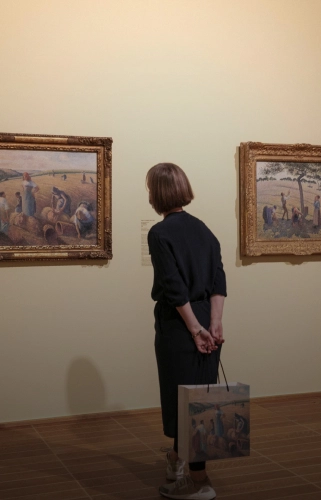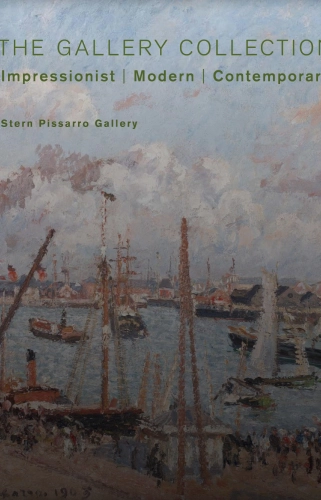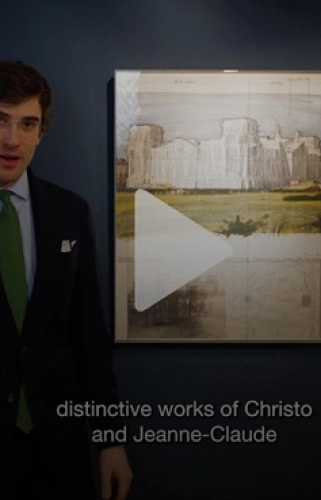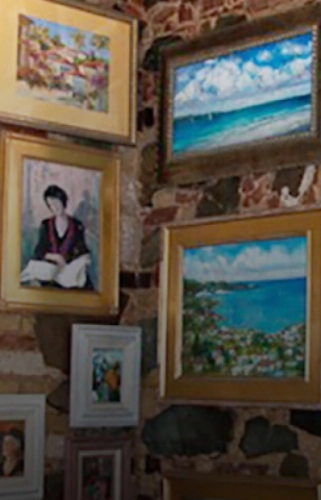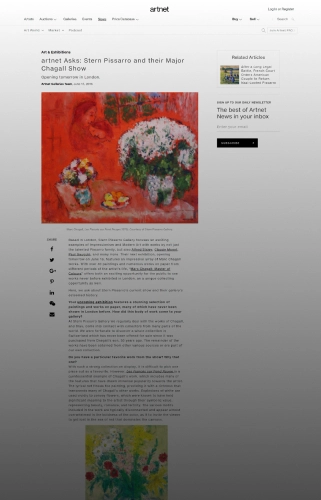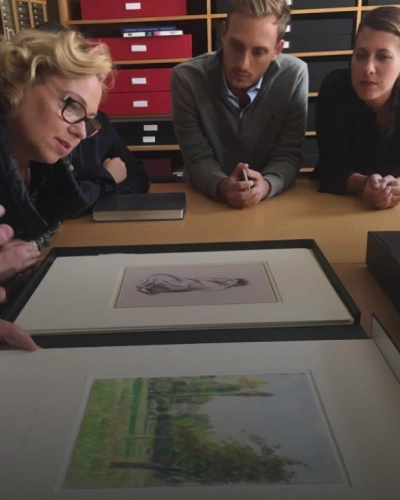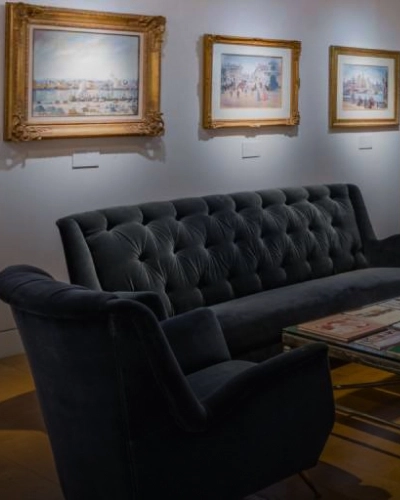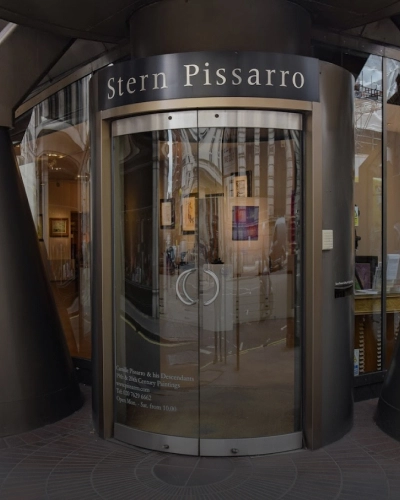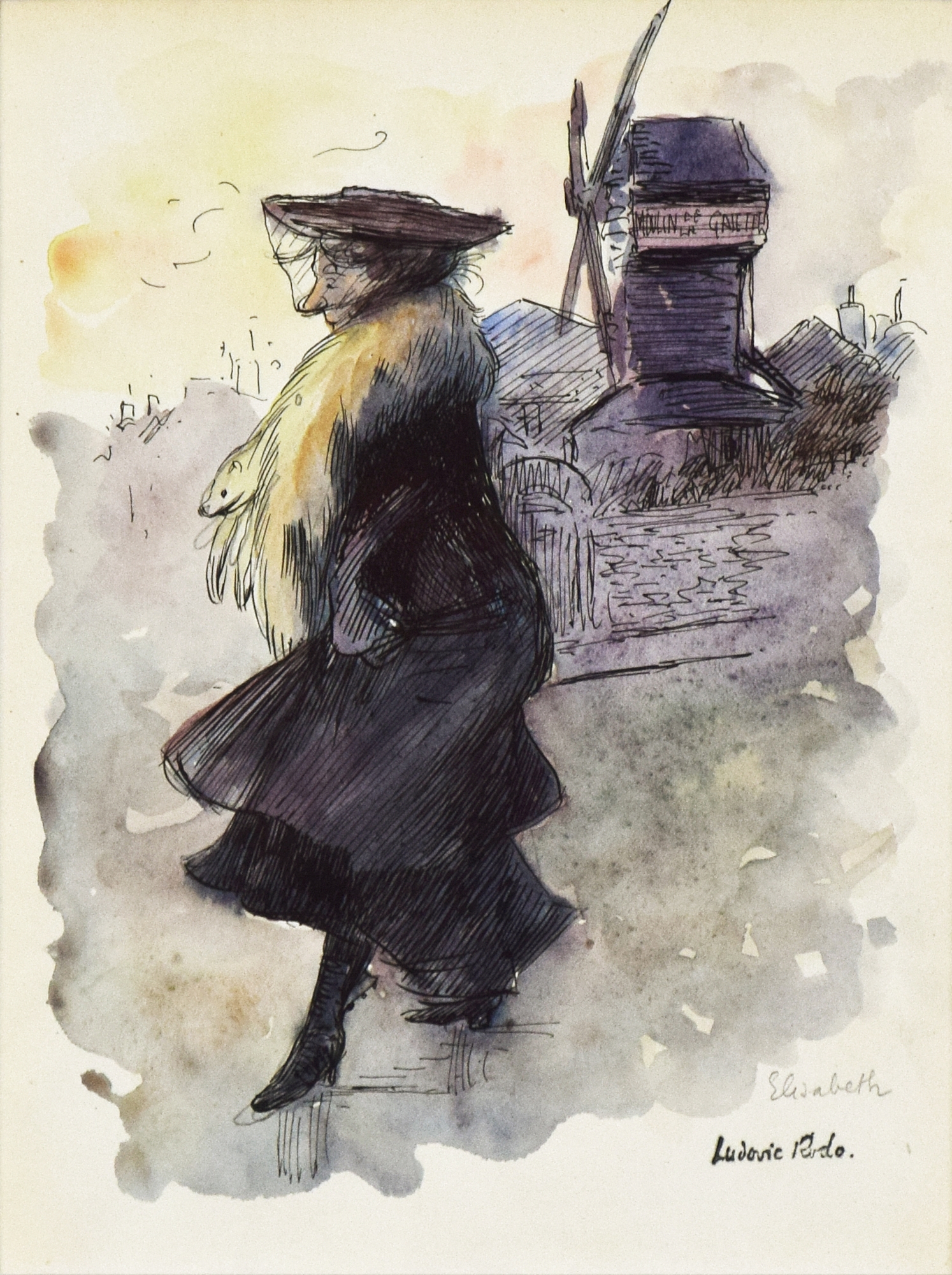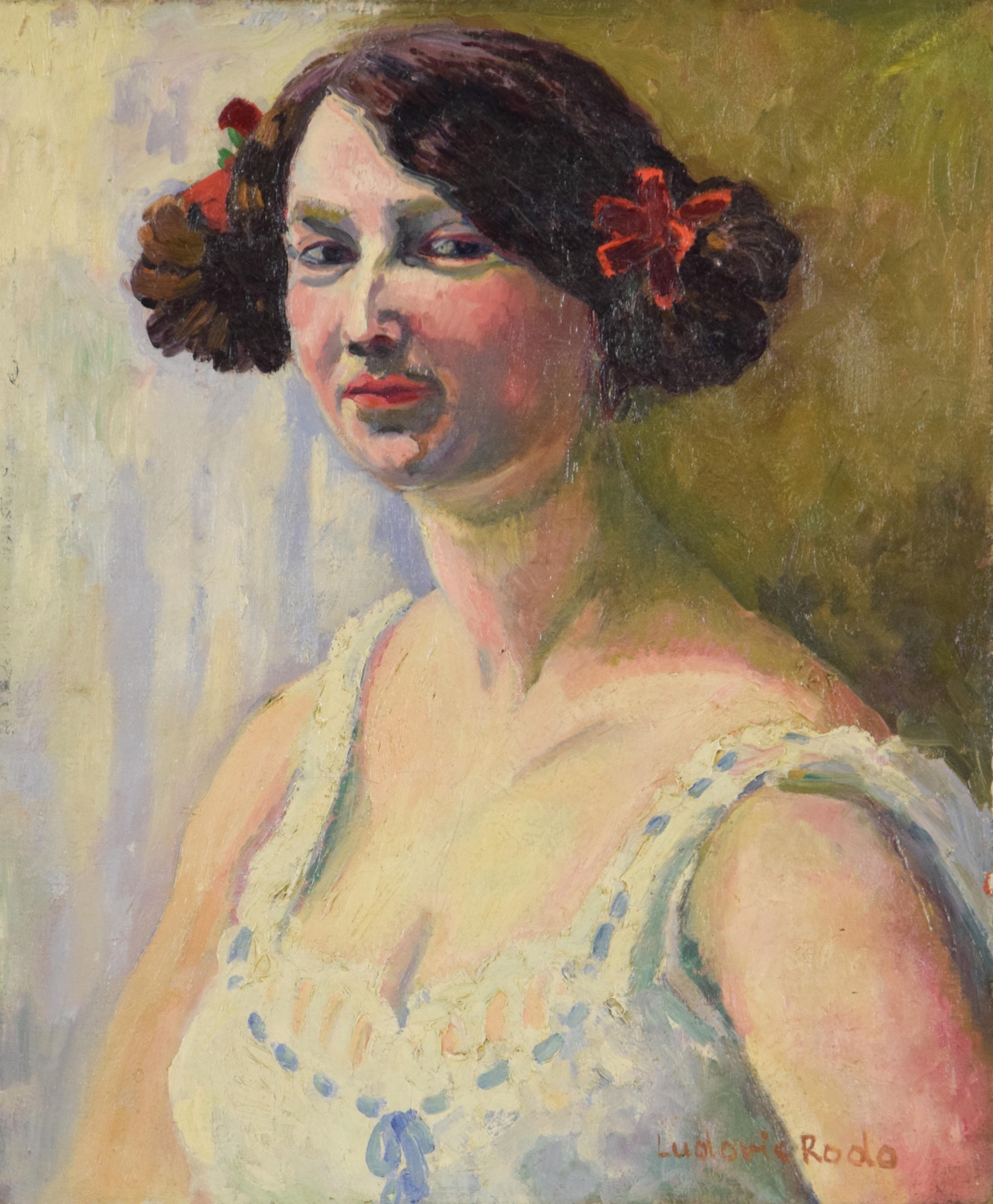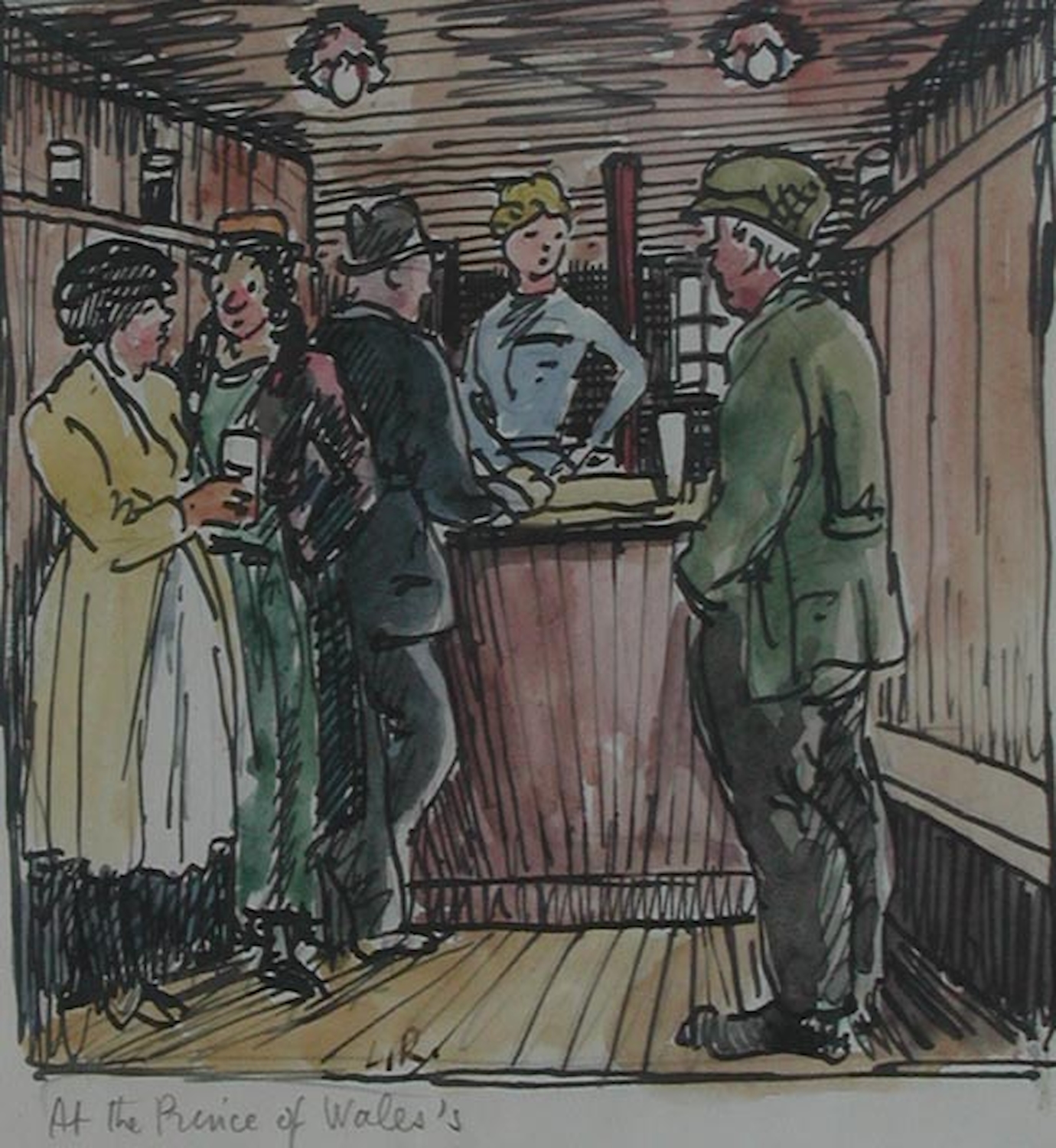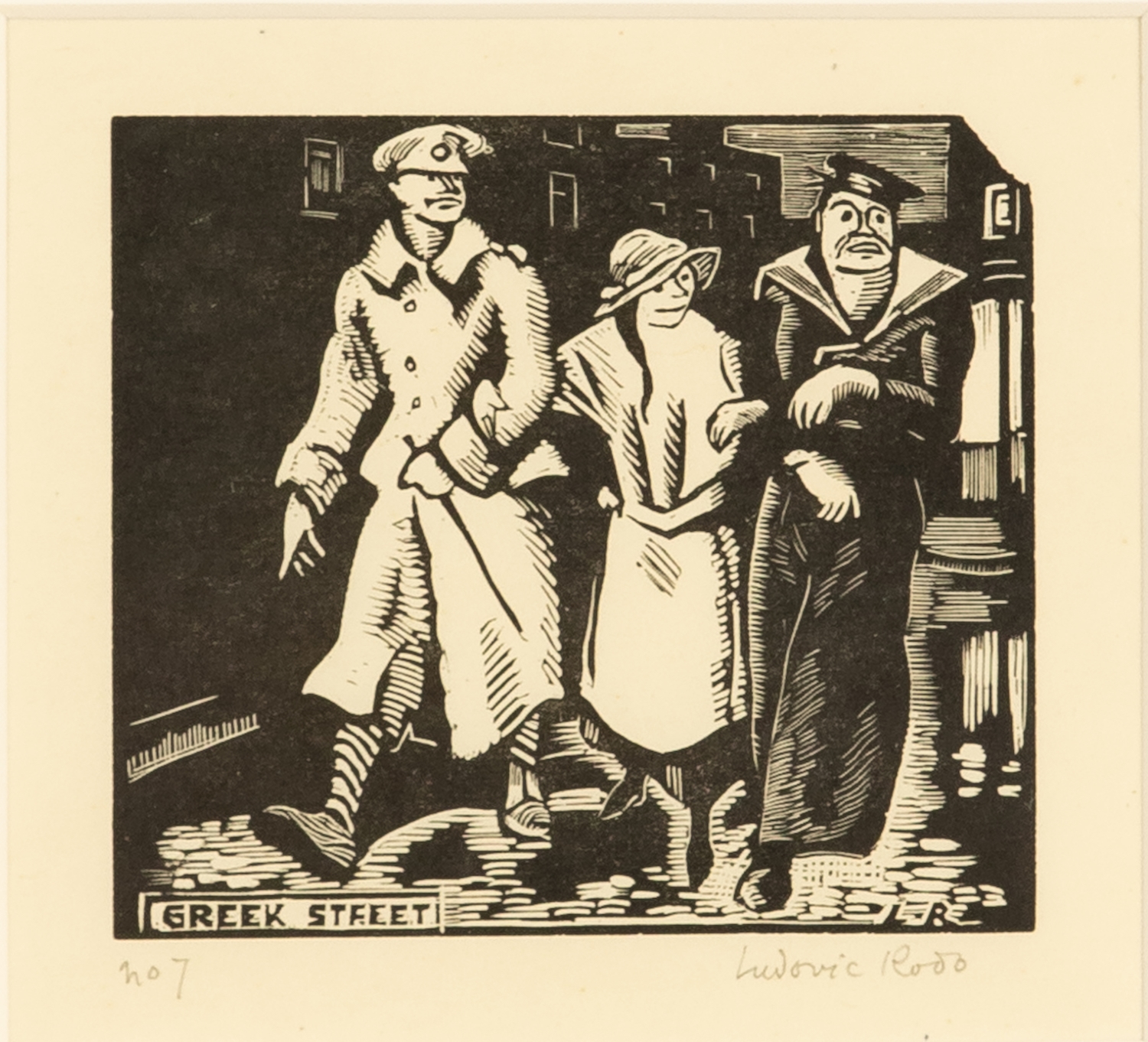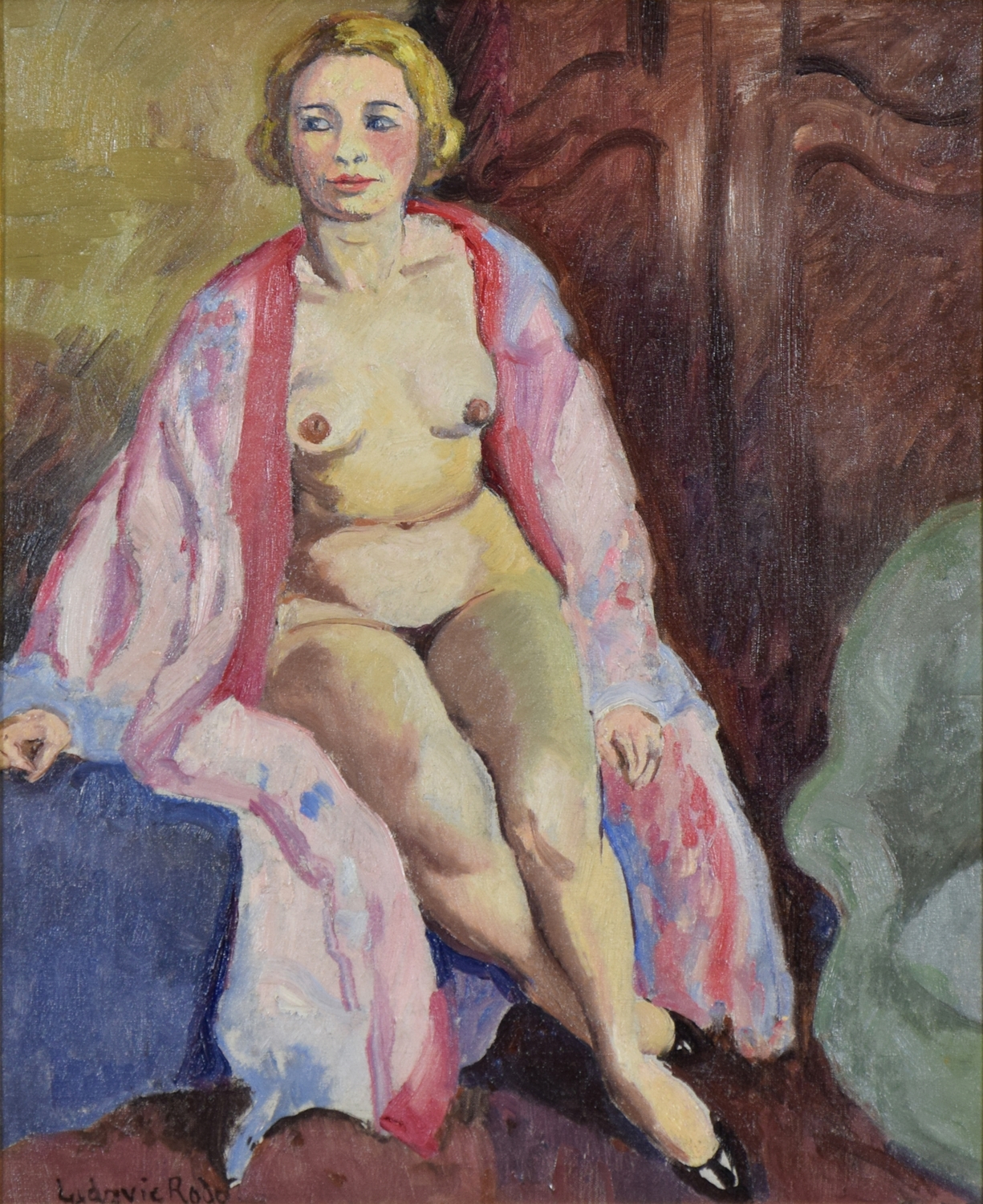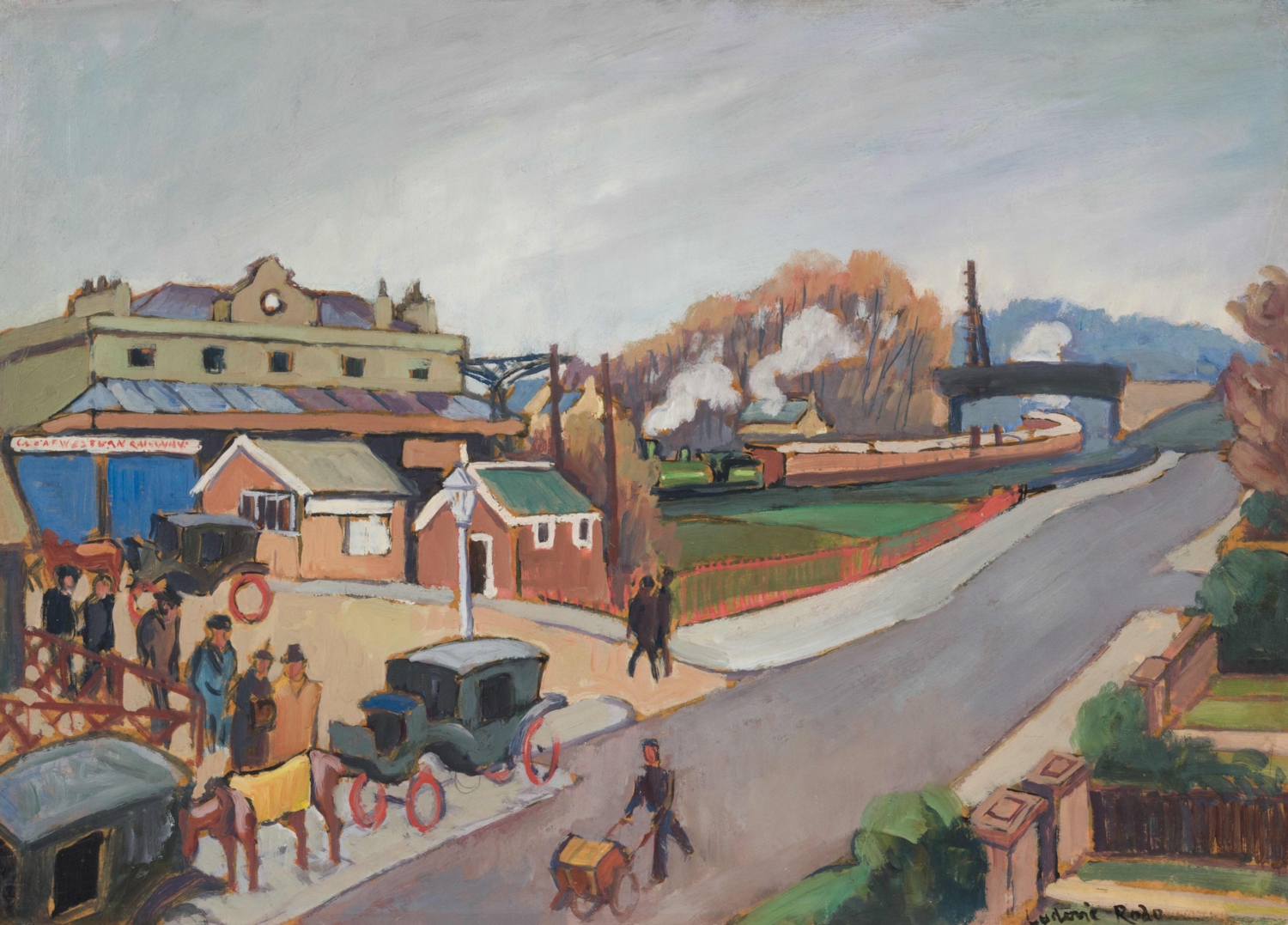Ludovic-Rodo Pissarro
1878 - 1952
Le Moulin de la Galette
21 x 15.7 cm (8 ¼ x 6 ¼ inches)
Signed with Estate stamp and inscribed Elisabeth lower right
Executed circa 1904
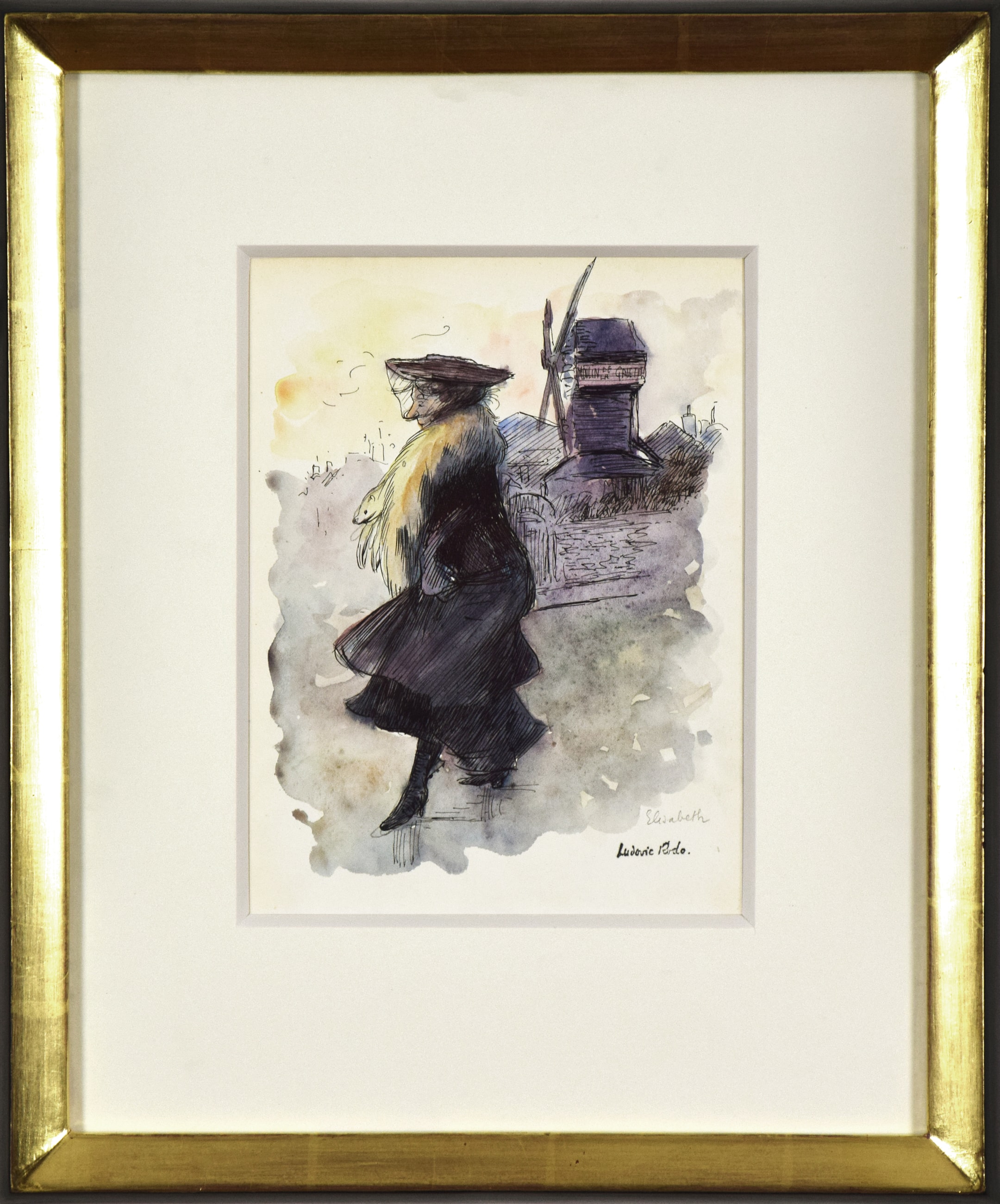
This original artwork by Ludovic-Rodo Pissarro is available for immediate purchase.
Ludovic-Rodo Pissarro
biography
The impact of Camille’s art and teaching on Rodo was considerable. His artistic production encompassed a wide range of media, including oil painting, tempera, watercolour, gouache, wood engraving, drawing and lithography. Rodo exhibited regularly at the Salon des Indépendants over a forty-year period.
In 1894, at the age of sixteen, Rodo published his first wood engravings in the anarchist journal, Le Père Peinard. When Camille left France for the safety of Belgium during the anarchist upheavals of the same year, Rodo joined him there.
Rodo moved into his first studio in Montmartre with his brother Georges in 1898. Works of this early important period until just after the death of his father in 1903 were post-Impressionist and clearly painted under the influence of his father.
By 1904 living in Paris, he found the nightlife and the habitués of the cafes, theatres, circuses and cabarets compelling subjects for his work and changed dramatically the style of his painting, affiliating himself to the Fauve artists. Rodo became close to artists such as Kees Van Dongen, Maurice de Vlaminck and Raoul Dufy. In 1905 he participated in the first Fauve exhibition at the Salon des Indépendants. In 1907 he visited Van Dongen in Rotterdam and the two artists continued to paint together, something they often did in Paris.
In 1914 he married, though he never had children. Later that year at the outbreak of the War Rodo moved to England. Over the next seven years he lived mainly in and around West London. He worked closely with his brother Lucien to establish in 1915 the Monarro Group, formed with the aim of exhibiting work by contemporary artists inspired by Impressionism. Many of the works produced by Rodo while he was in England were of London landmarks but, he was also interested in the urbanisation of West London. After 1921, when Rodo had already returned to France, he divided his time between Paris and Les Andelys in Normandy, living and working closely with his elder brother Georges Manzana.
Despite his rich artistic heritage and his achievements as an artist, Rodo is perhaps best remembered for his contribution to art history. For ten years he researched and compiled a catalogue of his father’s paintings – a project that was finally published in two volumes in 1939 and the first catalogue raisonné of Camille Pissarro’s paintings.
Rodo enjoyed a rich career travelling extensively painting and exhibiting throughout Normandy, Brittany, Paris, London, the south coast of England, Jersey, Rotterdam, Germany, and Belgium.
His works can be found in many museums including the Ashmolean Museum in Oxford and the Museum of Fine Art in Boston.
Ludovic-Rodo Pissarro
biography
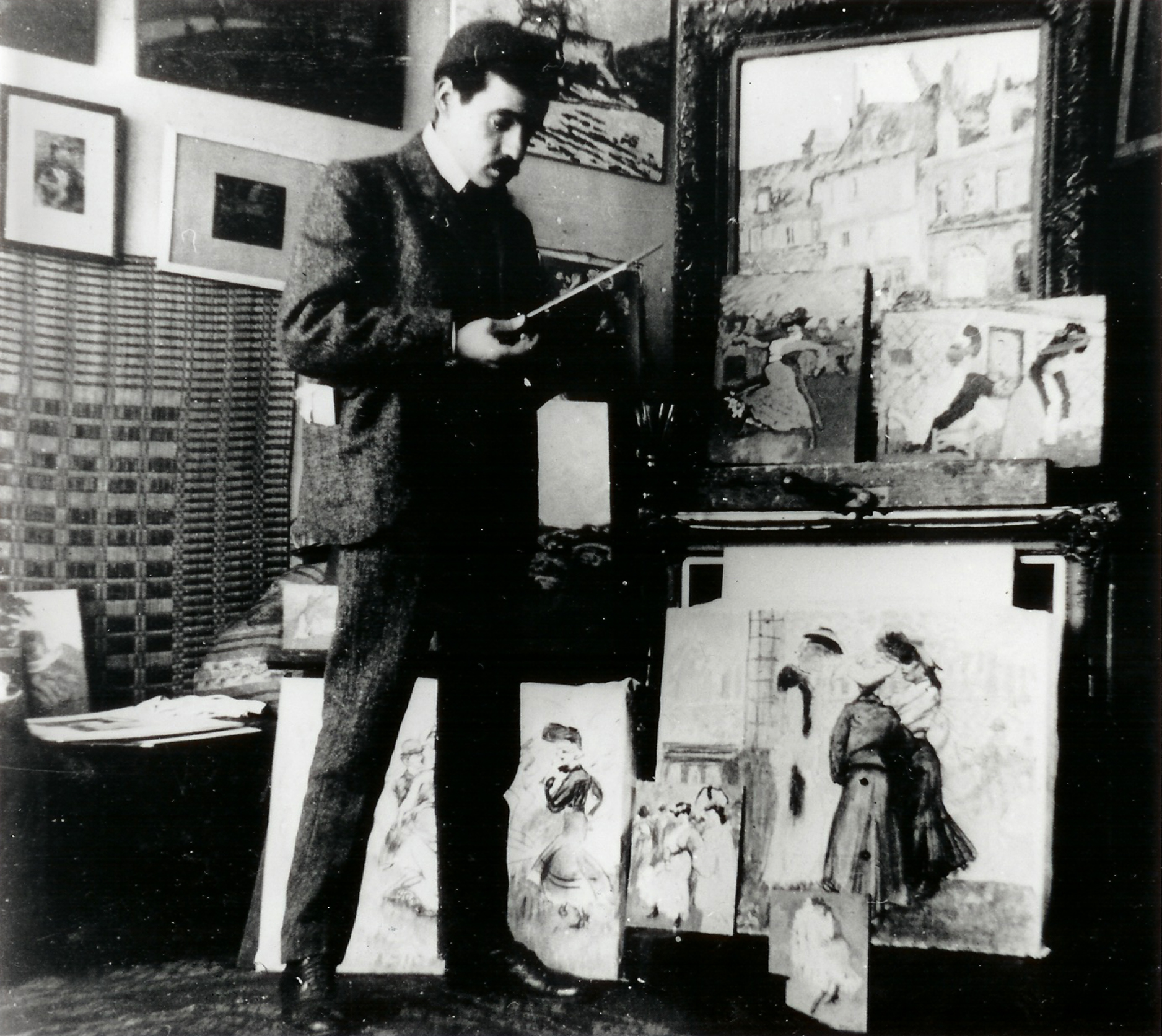
you may also like
1878 - 1952
Portrait of a Woman
55 x 46 cm (21 ⁵/₈ x 18 ¹/₈ inches)
1878 - 1952
At the Prince of Wales’s
14 x 13 cm (5 ¹/₂ x 5 ¹/₈ inches)
1878 - 1952
Bedford Park
24.5 x 38 cm (9.65 x 14.96 inches)

